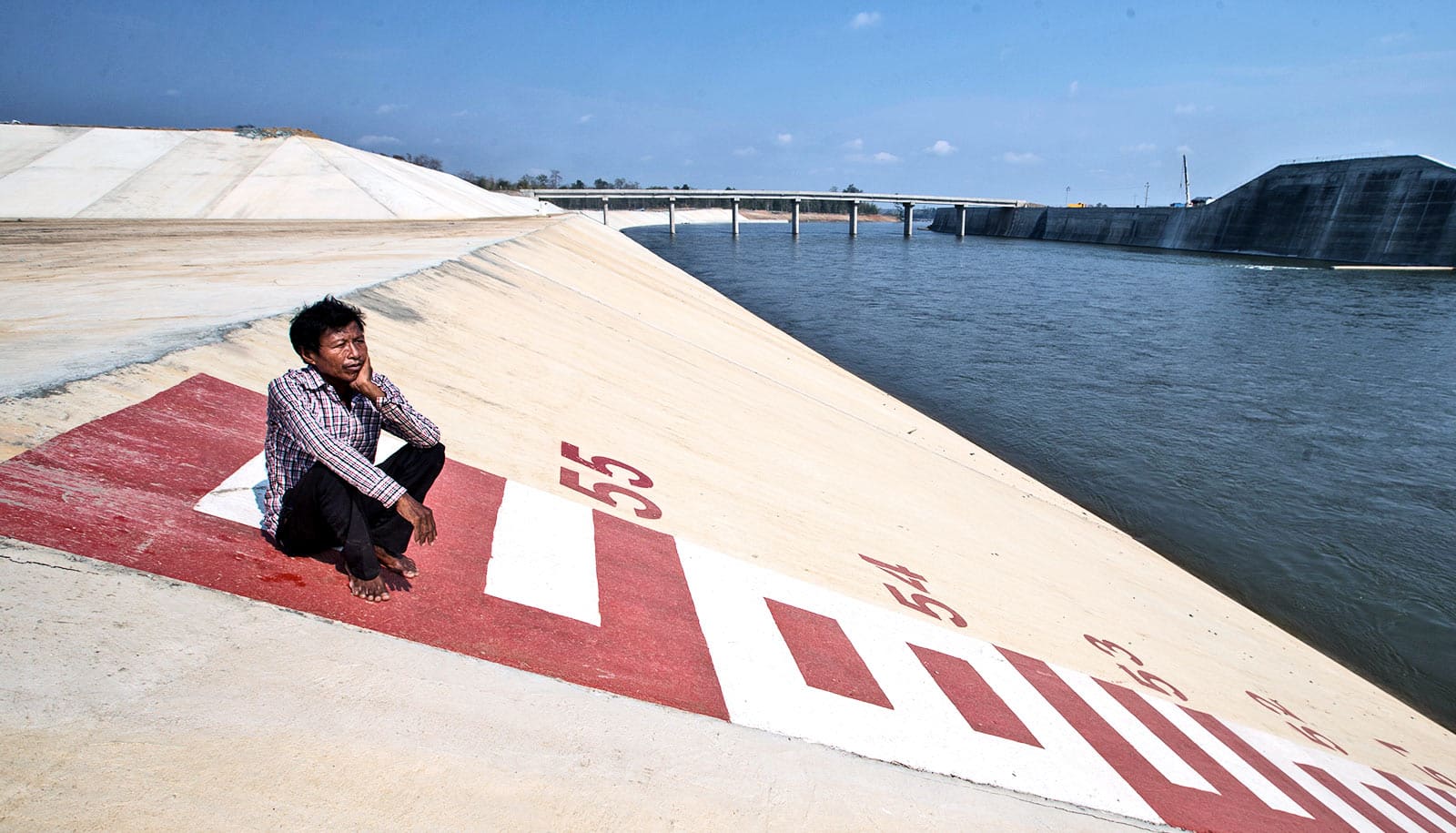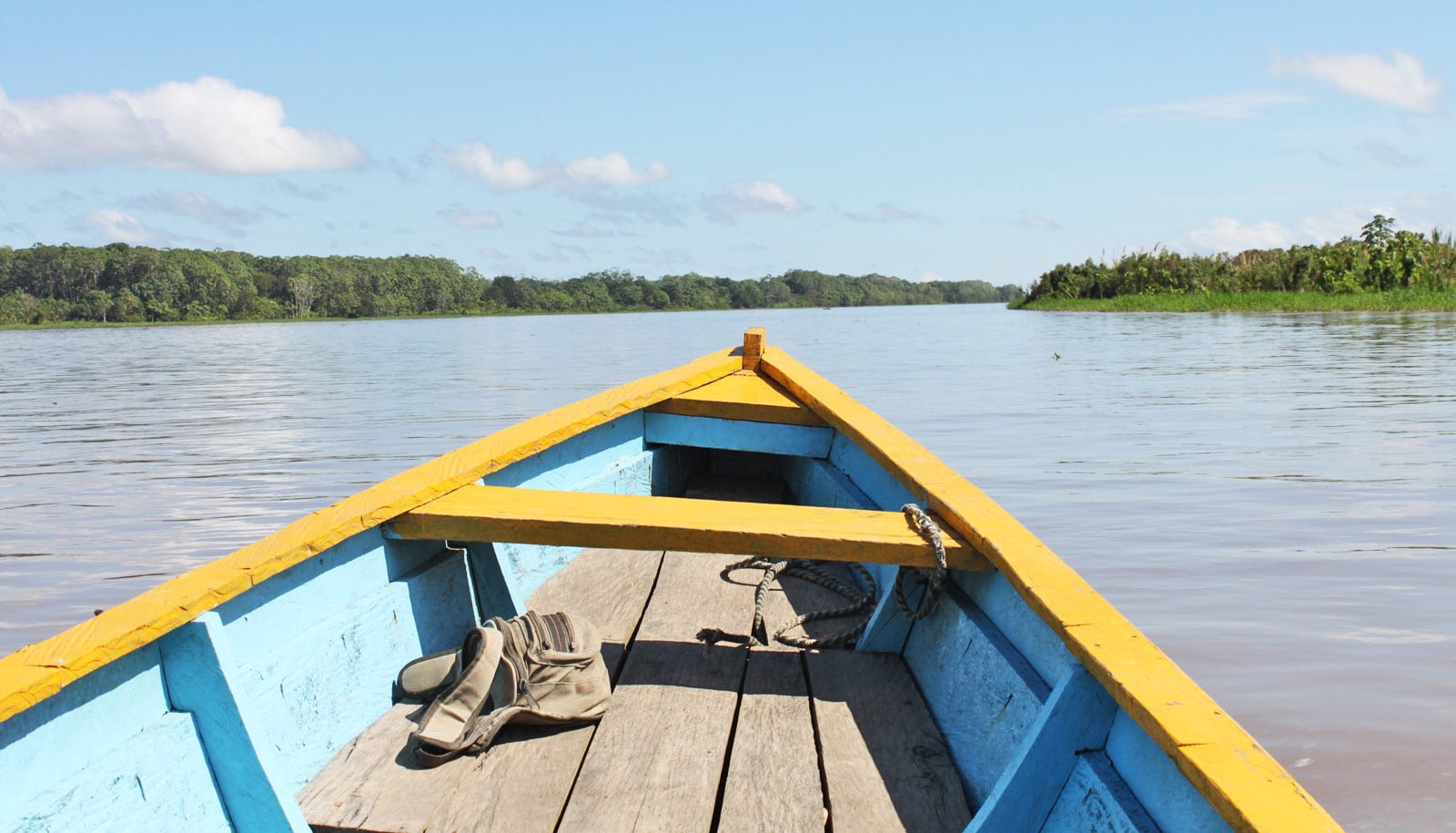The negative consequences to food security and the environment of hundreds of dams proposed to control flooding of the Mekong River basin in Southeast Asia far outweigh the positive changes, researchers say.
A new study, which appears in Nature Scientific Reports, is the first to tackle the potential environmental changes that the overall basin could experience from harnessing the region’s hydropower.
“The Mekong River is one of the few large and complex river systems that remains mostly undammed,” says lead author Yadu Pokhrel, assistant professor of civil and environmental engineering at Michigan State University. “However, the rapid socio-economic growth, increasing energy demands, and geopolitical opportunities have led to basin-wide construction of large hydropower dams.”
Engineers are building dozens of mega dams in the basin’s upper portion. In the lower region, hundreds of tributary dams are planned, and some larger ones are under construction currently.
While there are many positive effects of flood control, the researchers focused on reducing the monsoon-driven floods that the dams would hold back. These annual pulses provide much-needed water and nutrients to downstream regions.
“Any major alterations of the seasonal pulses could easily change the area’s floodplain dynamics,” Pokhrel says. “This could severely affect a wide range of ecosystems and undermine regional food security.”
One waterway in particular, the Tonle Sap River that connects the Mekong River and Tonle Sap Lake, is one of the world’s most-productive freshwater fisheries. Monsoons flood the Tonle Sap and actually reverse the river’s flow each year. This brings water and sediments from the Mekong River into the Tonle Sap River as well as Tonle Sap Lake.
During the dry season, the flow normalizes and the lake drains into its namesake river, which eventually dumps into the Mekong River.
“Flow regulations could disrupt the flood dynamics of the Tonle Sap River,” Pokhrel says. “In fact, our models indicate that TSR flow reversal could cease completely if the Mekong River flood pulse is dampened by 50 percent and delayed by one month.”
Additional researchers are from Michigan State and the University of Tokyo.
Source: Michigan State University



